Check me out on: My Patreon | Sign Up for My Newsletter | Instagram | Facebook | Twitter | Flickr | 500px | Google+ |
If you were to go back even five years ago, it was easy to know the players in the photography industry. As a Canon shooter at the time, the lenses essentially universally came from Canon, Sigma, Tamron, Zeiss, and relative newcomer Samyang/Rokinon. There were a few fringe/cult following lenses from Voigtländer that most photographers had never heard of, but essentially there were five players, and the same true if you were a Nikon shooter (just substitute Nikkor for Canon). It seems like the mirrorless revolution has really opened the door for new lens makers, however, and in the past two years in particular I’ve suddenly been reviewing lenses from lens makers I had never heard of previously like Laowa, Kamlan, Meike, Yongnuo, Zonlai, Irix, and now, Viltrox, with the Viltrox PFU RBMH 20mm F1.8 ASPH. The Viltrox 20mm F1.8 is a brand new lens for Sony FE (full frame mirrorless), and I’ll be reviewing it on the demanding 42 MP sensor of the Sony A7rIII.
If there is a common thread among most of these lens makers, however, it is that they are (with the exception of Irix) Chinese companies. The original four I mentioned are all either Japanese companies or, in the case of Zeiss, a German company with modern manufacturing in Japan. Samyang was the unique one as it is a Korean company. Here in North America there has been a lingering stigma that a lot of Chinese made products are “cheap”, and, while that is true of a few lenses that I’ve reviewed from a few of these companies, I’ve personally been impressed by the quality of a lot of these lenses…and the kinds of images they can produce!
That’s very true with the Viltrox 20mm. Viltrox has been a manufacturer of camera gear for some time, but they made camera accessories (flashes, adapters, some lights, etc…), not lenses. That all changed in late 2018, however, as Viltrox hit the late trade shows with prototypes of not one but three new lenses, including this 20mm F1.8 in a Sony E mount, an additional 85mm F1.8 E-mount lens, and an autofocusing 85mm F1.8 lens for Fuji X-mount. It’s clear too that Viltrox is working on a number of different development levels, too, as this 20mm lens is a purely manual lens without any electronics of any kind, while the 85mm E-mount lens is manual focus but has an electromagnetic aperture (no aperture ring, but rather the aperture is controlled from within the camera), and the Fuji mount 85mm is a full autofocus lenses without any manual controls (outside of a MF ring, of course, like any lens).
Interestingly, this Viltrox 20mm lens is the most expensive lens of the trio at nearly $500 USD (it’s $486 at Amazon right now) despite being the most “old-school” in terms of electronics. While that price is actually fairly reasonable for a wide aperture, wide angle lens designed for a full frame camera, it’s not cheap enough that people will take a flyer on an unknown lens from an unknown lens maker unless it carves out a reputation for itself in some way. Does the Viltrox 20mm F1.8 ASPH manage to do that? That’s what we are here to discover.
Prefer to watch your reviews? My thorough video review will show you the details for both photography and video.
Viltrox 20mm F1.8 Build and Handling
I would recommend that you watch this video episode to get a detailed close look at the lens and its features:
The Viltrox 20mm does not feel like the work of a novice lens maker. I was impressed first by the presentation coming out of the box, which was somewhat reminiscent of Laowa, who has managed to pull-off a Zeiss-like level of presentation (and has also succeeded in moving their brand somewhat upscale). The box design is clean and well-packed, and the lens comes with the basic accessories (including a drawstring bag for the lens which offers minimal protection value other than, perhaps, some protection from scratching or marks in your camera bag).
It is the lens itself, however, that impressed me. It has a feeling of density and premium build materials that I once associated solely with Zeiss. It is all metal and glass, and has some serious heft to it despite being only a medium-sized lens. It weighs in at 1.71 lbs (775g), which is near the upper limit of what balances well on the smaller size of mirrorless camera bodies. I find the balance on my Sony a7RIII test body helped by two factors: 1) the lens isn’t particularly long (4.02”/102mm), so most of that weight is close to the camera body and 2) I use a SmallRig grip extender on my a7RIII which enables me to achieve better balance with heavier lenses.
The Viltrox 20mm has an anodized metal satin finish that is both classic and attractive (and, again, quite Zeiss-like). If you slapped some Zeiss logos on the lens, it wouldn’t be hard to pass it off as a Classic Zeiss lens, in fact. All of the markings on the lens barrel are etched, not just painted, with the lettering mostly in white but with bright orange/yellow high contrast paint marking the Imperial measures on the distance scale (the metric markings are in white). The high contrast paint reminds me a bit of the Otus lenses.
I was initially thrown by some of the acronyms on the lens, as while I’m extremely experienced with lenses, there were several that I didn’t understand. On the front of the barrel, for example, it says, “PFU RBMH”. That was a new one to me. After some inquiries to Viltrox I learned that it is actually English representations of Chinese character that speak to being true to one’s purpose – more of a company motto than an optical designation.
On the side of the lens there is a red badge that says DF (Digital Full Frame) and RBW (Real Beam Waveguide Coating, which refers to their proprietary multicoating). The ASPH in the lens designation is a more common one, and refers to “Aspherical” as the optical formula includes an aspherical element.
There are a wide variety of hyperfocal distance markings (at F1.8, F4, F5,6, F8, F11, and F16), which are appreciated on a fully manual lens. Often lenses only give you 2 or 3 options on the hyperfocal scale, and they are often at extremes (wide open and minimum aperture, for example). Even with a hyperfocal scale, however, it does take some trial and error to learn how to best utilize a lens for hyperfocus (which is where you try to have as much as possible in acceptable focus for landscape work, for example). I often find I prefer the results from just magnifying the image and focusing on something about halfway through the scene, but your mileage may vary.
The focus ring is fantastic. It is roughly an inch in diameter, and is made of metal with metal ribs that make it both easy to grip and easy to install a focus follow rig of some kind onto. The damping is perfect. It is light enough to glide along very smoothly without any sticking points, but has enough weight that fine-tuning focus is also easy to accomplish. I also like the focal travel (throw) of the MF ring, which is right under 150 degrees. The feel of a manual focus ring is a highly nuanced thing that not everyone gets right. I’m impressed that Viltrox nailed this key aspect of lens handling.
Equally impressive is the manual aperture ring and the aperture iris itself. The aperture ring is a much narrower ribbed metal ring further along the barrel towards the front of the lens. If I have an criticism here, it is in the placement of the ring. My favorite place for aperture rings is near the lens mount where you won’t grab it inadvertently. The next best place is at the very front of the lens with some space from the MF ring. In this case, the aperture ring is a little too close to the manual focus ring, which makes it possible to inadvertently move it when you are trying to focus (particularly if you are wearing gloves, which is not unusual when you are reviewing a lens in Canada during the month of January!!) I haven’t had a big issue with this, but I have had to be very intentional about making sure to not do this. Beyond the placement, however, the ring itself is excellent. It is a clickless aperture ring, meaning that there are no detents at aperture “stops”, so you can rack smoothly through all aperture opening sizes. There are markings on the barrel that indicate the position where traditional full stops are (there is a marking for both F1.8 and F2, of course). This makes the ring even more useful for video work, as many videographers prefer to be able to smoothly change aperture without negatively impacting video. The damping of this aperture ring is also perfect…which again has left a very positive impression on me.
The aperture itself is intriguing. It has a very high blade count of 14, and if you look at the physical aperture as you close it down, you can see that it retains an essentially perfect circular shape as you stop the lens down. I love this, and I’m not quite sure why more lens makers don’t do something similar. One of my least favorite things about Zeiss lenses, for example, is how quickly you begin to see the shape of the aperture (typically a nonagonal shape). While 20mm is not a strong focal length for producing defocus, you can see that circular highlights do remain round when the lens is stopped down.
There are more interesting things when you get up front. At first blush, you might think the Viltrox 20mm has a fixed lens hood like many wide aperture, wide-angle lenses (Sigma’s 20mm F1.4 ART, for example). The petal-shaped metal lens hood (ribbed inside to stop light from bouncing around) helps shade and protect a bulbous front element. The lens cap is one that fits over the top of the lens hood. It’s plastic (which is actually a good thing, as I find the metal ones often get dinged up if they fall on the ground), and, in another step I like, actually has clips that allow it to stay attached until you release the cap by pinching these tabs. Sometimes such lens caps rely on friction or suction to stay attached, and this system doesn’t always work well. The downside of these lens caps for wide angle lenses like this is that they are considering deeper than most lens caps and are much harder to slip into a pocket.
So, at this point is where you would typically start lamenting how the tradeoff for having the larger than typical maximum aperture precludes the ability to use traditional filters, but Viltrox has designed a clever solution for this. The lens hood is in fact removable, and there is a second hood/filter adapter included. The second hood provides less shading due to being more shallow, but it is threaded at the end with fairly common/reasonable 82mm filter threads. This really adds to the versatility of the lens, and should be a consideration when looking at the price, as some alternatives might require a more expensive filter solution (if you are a filter user).
The Viltrox 20mm is not weather sealed, though there is a special multilayer Nano coating (RBW) on the front element to help to resist moisture or fingerprints. The rear element is fixed, so there is no opening in the back for dust to enter in. Everything focuses internally as well, so while there isn’t a gasket or internal seals to keep out dust and moisture, the basic lens design will limit opportunities for dust to enter the lens, and, without electronics, there is less concern about damage from moisture. In certain extremely moist environments it is possible (as with all lenses) for fungus to start to develop if you don’t utilize good storage techniques.
The Viltrox 20mm can focus down to a minimum of 9.84” (0.25m), but the short focal length only achieves a unimpressive 1:8.3 ratio or a 0.12x maximum magnification. Still, due to the wide maximum aperture it is possible to get close to your subject and create a nicely defocused background. Just know that with wide angle lenses you do have to be careful with how you compose, as it it’s pretty easy to create some perspective distortion.
The Viltrox 20mm does not have image stabilization, obviously, but if you are using it on a Sony camera with Steady Shot Inside (IBIS), it will effectively stabilize the lens. You’ll need to manually select the focal length in the menu for the best performance as the lens does not have any electronic contacts to signal this to the camera.
All in all, I’m quite impressed with what Viltrox has done with this lens. A fully manual lens isn’t for everyone, but Viltrox has managed to nail the details on this 20mm F1.8. The key areas like the quality of the focus, build quality, and the ability to filter the lens are all covered. I noted in my video episode that if you stripped off the branding from the lens and put it in my hands 5 years ago, I would have thought I was holding a classic Zeiss lens. Kudos to Viltrox.
Viltrox 20mm F1.8 Image Quality Breakdown
Developing a 20mm lens for full frame with a much wider-than-average maximum aperture of F1.8 is no small challenge. Zeiss, for example, has had a number of lenses at the 21mm focal length, but has never had a wider maximum aperture than F2.8. Only the Sigma 20mm F1.4 ART lens has delivered a wider maximum aperture on Sony at this focal length, though that is a considerably larger and heavier lens (and costs nearly twice as much). Now, to be fair, Viltrox has delivered a fully manual lens without autofocus or electronic contacts, but let’s not forget that the Zeiss Loxia 21mm F2.8 (a fabulous lens, by the way!) is also manual focus only and costs $1500!
In this secondary episode I take a close look at the image quality from the Vitrox 20mm F1.8. I would encourage you to watch this video to get a more detailed examination of the image quality.
Viltrox has invested some serious work in the optical design of this lens, as developing a wide aperture, wide angle lens that covers a full frame image circle is not a small task. The lens employs 12 elements in 9 groups, and actually has a number of expensive elements in the design, including an aspherical element (which you can see from the name) along with 4 fluorite ED (extra dispersion) elements. Here’s a look at both the lens design and the MTF charts.
A maximum aperture of F1.8 is 1 1/3 stops brighter than a maximum aperture of F2.8, which means that it will let in more than twice as much light. That adds value to this lens for the kinds of things that you can do.
Let me pause here and just give you some food for thought. I think that most of us prefer a lens with a larger maximum aperture to a smaller one. But sometimes we fall for the marketing. I’ve never bought any of the Sigma F1.4 wide angle lenses (or the 14mm F1.8) because I personally don’t really need F1.4 at 20mm. But I primarily use wide angle lenses for two purposes: landscapes and astrophotography. For landscapes I typically shoot in the F5.6-F11 range; a wide aperture is, frankly, pointless under that circumstance. You are adding cost and size unnecessarily.
Astro is a somewhat different story, as more light is better, so a wider aperture lens is better, though experience says that in most cases the engineering requirements of a wide aperture in a wide-angle lens often makes them prone to coma until you stop them down to the F2.8 range, which obviously kind of defeats the purpose. My main wide-angle lens for the past four-five years has been the Tamron 15-30mm F2.8 VC lens, which is large but is also a flexible zoom with a great focal length. Even so, the very size of the lens means that I don’t use it as often as what I would like as I have to be very intentional about bringing it due to the size. I have some much smaller prime lenses that often come along instead.
But not everyone uses wide angle lenses for these two purposes. Wedding or event photographers often value not only a wide angle of view but also a wide maximum aperture to help stop action in dimly-lit venues. Sometimes portrait photographers want a wide angle of view for environmental portraits but also want the “cut-out” effect of their subject that only a wide aperture can provide at that focal length.
My point is that you need to buy a lens based on your needs rather than the marketing hype of lens specs.
The Viltrox 20mm worked very well for low light, wide aperture work (as I know how to manually focus!) due to having a very sharp, high contrast center portion of the frame. I’ll give you a peek at some real-world images before we dive into more formal tests. If you can read MTF charts, you’ll have noticed that the lens is actually very sharp and with great acutance even at F1.8 and across a good portion of the frame. You can see the real world evidence of this in these wide open shots:
One of the primary reasons for such excellent wide open contrast in these areas is that longitudinal chromatic aberrations are nearly perfectly controlled (no green or purple fringing before or after the plane of focus). This allows for good wide-open “punch” to images.
If you can read the MTF charts, though, you can also see that there is a pretty swift drop-off in the corners. The Viltrox 20mm starts off essentially as sharp at F1.8 as the Zeiss Loxia 21mm F2.8 is at F2.8 (very, very impressive) but the sharpness dropoff in the edges is more pronounced. That is reflected in the findings of my brick wall test.
Wow – those corners look about as rough at F1.8 as that center looks impressive! Interestingly, though, if you move over to mid-frame and the top edge (or any edge between the corners), the performance is much, much stronger.
Stopping down to F2 only makes a marginal difference on the resolution/contrast front, but on a positive note the camera metered exactly one third stop different at F2. Why does that matter? Because I’ve seen a number of F1.8 lenses that metered identically at F2, which makes me question if the aperture iris is actually F1.8. That’s not a problem here, though the difference in lens performance (other than light transmission) isn’t significant.
The Viltrox 20mm does make a massive leap at F2.8, however, with vastly improved edge and corner performance. Look at how much better that extreme corner looks:
The mid-frame position now looks fantastically good…pretty much perfect.
Look at how excellent a real-world F2.8 shot looks:
If we compare an F5.6 shot taken within second of the F2.8, we can see that the F2.8 shot is nearly as good even near the edge.
Stopping on down produces only mild, mild resolution improvements, but other improvements can be seen. Contrast improves, with some textures looking noticeably more crisp, and edge acutance is improved. If we return to our comparison we can see by looking at the opposite side that all of the complex textures and luminance variations in the snowflakes, needles, and trunks plus branches are noticeably improved.
Frankly, if you don’t mind manual focus and a larger lens, it’s hard to argue with those results for landscape work. That’s 42MP (Sony a7R3) being resolved pretty well in that real-world shot. It’s worth noting that the differences between F2.8 and F5.6 are more easily seen at infinity distance than what they were at the brick wall distance. That’s a very strong performance at under $500, and, frankly, it’s not far off what you would get from the Zeiss Loxia 21mm F2.8 which costs 3x as much (but is also half the size).
I happened to be reviewing the Zeiss Loxia 25mm F2.4 at the same time (also an E-mount), and I shot some of the same scenes with both lenses. What I found is that the far-more expensive Loxia lens showed better microcontrast (better contrast in the fine textures of scenes), but the Viltrox lens did not look severely outclassed. The Viltrox does not record aperture, but looking at the shutter speed, it looks like the Viltrox was at F4 rather than F5.6. I equalized the color temperature to make everything match up as close as possible otherwise. Let’s take a look:
Globally (first photo) there isn’t much to see. The Viltrox is slightly warmer in its rendering, the Loxia slightly cooler. The Viltrox 20mm obviously frames considerably wider as you would expect. In the second shot (a center crop), we can see that difference in microcontrast, which favors the Loxia, though one could argue that without the two lenses side by side you wouldn’t see the difference. The final shot of the front left corner foreground doesn’t really favor either lens. The Viltrox has excellent contrast in those foreground textures, and, after I clicked the “Remove Chromatic Aberrations” box in Lightroom, it looks pretty flawless.
I will say that the size and handling of the Loxia is preferred, and I think that images are maybe a little easier to process (the vignette is automatically corrected whereas I manually corrected the Viltrox), but if you are just looking at the end results, it would be hard to argue that the Loxia is worth 2 1/2 times as much. That’s a very solid performance by Viltrox at their first “kick at the can”. Going toe to toe with Zeiss and walking away unbloodied is very impressive. Real world landscape shots confirm that this is a great landscape lens.
How about some of the other metrics? As noted already, while the lens does control longitudinal CA extremely well, it does suffer with some lateral chromatic aberrations. Lateral CA exhibits only along the edges of images and manifests consistently as green fringing on one side of an edge and purple on the other. The bad news is that unlike Longitudinal CA, it doesn’t improve when you stop the lens down. The good news is that because it consistently manifests, it’s the kind you can fix with one click. Here’s a before and after:
As you can, the corrected result looks crisper and cleaner. Because this is easy to correct, it’s not a big deal…if you shoot RAW. If you want to shoot JPEGs and skip any post-processing, you might see a bit of lateral CA in your images.
One issue that isn’t so easily fixed is a mustache-patterned barrel distortion. The amount of distortion is actually fairly mild, but the nature of that distortion makes it hard to correct with the basic tools available in Lightroom. The “mustache” pattern doesn’t correct in a linear fashion, leaving a result after correction that may or may not be an improvement.
Unless you are shooting something with straight lines, it would probably be better to just leave it.
The Viltrox 20mm does fairly well with the sun in the frame. At wide apertures there is little more than a bit of prismatic haze around the light source with little ghosting. When stopped down, there can be a visible ghosting pattern dependent on where you place the sun. Under all circumstances contrast holds up well. The sunburst effect from the 14 bladed aperture isn’t the best I’ve seen, but it is fairly attractive.
I don’t see any serious issues here.
The bokeh from the lens is somewhat of a mixed bag. Across most of the frame the bokeh is fairly soft with nicely circular shapes, but things get busier near the edges. In one case (a certain distance), I saw something almost akin to a motion blur due to the elongation of the bokeh highlights. I’ll let you judge from yourself from these samples:
There is some vignette, and, while it is never overly heavy, it doesn’t clear up on its own just by stopping down, which means that it is still there at landscape apertures. It is mostly reserved to the corners, so the midframe is largely untouched. This will become significant in a moment. The first two images below show a wide open real world image (F1.8) vs a stopped down (F6.3) example. You can particularly track the vignette in the lower right corner. The final image shows the F1.8 vignette with a solid white background.
I was interested to see if using the filter adapter and a filter (particularly a ND1000 filter for long exposures) introduced a lot of additional mechanical vignette. The answer is that it did produce some additional vignette, but nothing so heavy as to be uncorrectable. The reality is that I have found my ND1000 filter often produces additional vignetting due in part to the nature of the long exposure. I suspect the “damage” would be much less with either a CP-L filter or a ND8-type filter.
The final metric to cover here is coma. Comatic distortion comes into play primarily when shooting astrophotography, an intriguing application for this lens due to the focal length and aperture combination. The Viltrox 20mm delivers a mixed-bag performance. On the positive side of things, the lens is very sharp even at F1.8 over a lot of the frame, delivering star points that are very crisp. The good light transmission of the lens allows you to use lower ISO values (cleaner images), and the fact that vignette is mostly reserved to the deep corners also helps. There is, however, some coma along the edges of the frame. Some star points start to look like flying insects. Stopping down a little (my second example is somewhere around F2.4-F2.5) reduces the appearance of coma considerably (see the second portrait oriented image and crop in the series below).
So, if you stop the lens down a little you can eliminate most of the coma if that is a problem for you. So, once again, Viltrox has managed to mitigate a lot of the typical flaws of such a lens and keep them from being too destructive.
I mostly did this review during a “polar vortex” with extremely cold conditions and without a lot of beautiful scenes to shoot, but what I saw via comparisons makes me think that the lens is capable of producing nice color. I look forward to spending time with it in more hospitable conditions in the future!
All in all, I think Viltrox has done a solid job with this 20mm F1.8 lens. Developing a large aperture, wide angle lens takes a lot of engineering skill, and they’ve managed to deliver a lens that, while imperfect, has very manageable flaws and a lot of assets.
Conclusion
I don’t envy a company like Viltrox breaking into the lens scene. Many established lens makers starting designing lenses for digital cameras when resolution figures were in single digits and a lot of lens flaws could be hidden by low resolution. Now a company like Viltrox has to design lenses in an environment where my test body for this review is 42mp. Most flaws show up at that kind of resolution. Consider me impressed, however, with both the mechanical construction of the lens along with its optical performance. I would have loved to see electronic contacts on this lens, but Viltrox honestly told me that it was beyond their engineering ability at present with the 20mm lens even though they managed to do it on the simpler 85mm F1.8 for Sony. Fair enough. The fact that they did it on another lens (and have even managed to pull off autofocus in a Fuji X-mount 85mm F1.8) tells me that we can expect Viltrox to forge a reputation for themselves pretty quickly.
The Viltrox 20mm F1.8 ASPH is not a perfect lens. It’s larger and heavier than what I would like, and it has a few optical imperfections. But it’s also a very impressive optical instrument, managing to combine a large maximum aperture with a wide focal length in a very credible package. It’s smooth focus ring and declicked aperture make it a great option for video, too, and while I can’t show you video in the text review, a look at my video review will show you that the Viltrox 20mm is a great option for video work. That may even be the most compelling application for it, though stills photographers on a limited budget that want a lens that can do everything this lens can should also pay attention. It’s hard to pick a direct competitor for this lens (the Tokina 20mm F2 Firin is probably the closest), but it costs about twice as much. If you can handle the physical limitations of a manual focus lens without electronics, the Viltrox 20mm F1.8 is definitely worth a long look.
Pros:
- Beautiful, high grade build quality
- All the mechanical operation is impressively mature
- Filter solution is innovative and works
- Great center sharpness through focal range
- Good sharpness across the frame from F2.8 on
- Impressive contrast and very low longitudinal chromatic aberrations
- Flare resistance is fairly good
- Color rendition seems good
- Reasonable price
Cons:
- Fairly large and heavy
- No electronic contacts
- Some barrel distortion and persistent vignette
- Corners quite soft wide open
Purchase the Viltrox 20mm F1.8 @ Amazon | Amazon Canada | Amazon UK | Amazon Germany | Ebay
Sony a7R III Camera: B&H Photo | Amazon | Amazon.ca | Amazon UK | Ebay
Peak Design Slide Lite: Peak Design Store | B&H Photo | Amazon | Amazon Canada | Amazon UK
Sony a6500: B&H Photo | Amazon | Amazon.ca | Amazon UK | Ebay
Peak Design Leash Strap: Peak Design Store | B&H Photo | Amazon | Amazon Canada | Amazon UK
BenQ SW271 4K Photo Editing Monitor – B&H Photo | Amazon | Amazon.ca | Amazon UK
Adobe Photoshop Creative Cloud 1-Year Subscription
Alien Skin Exposure X2 (Use Code “dustinabbott” to get 10% anything and everything)
Purchasing your gear through B&H and these links helps fund this website and keeps the articles coming. You can also make a donation here if you would like. Visit my Amazon page for some of my gear of choice! Thank you for your support.
Great News! I can now offer a 5% discount on all purchases at Amplis Foto, Canada’s Leading Photographic Supplier. Please enter discount code: AMPLIS52018DA in your cart. It is good for everything in your cart, and is stackable with other coupons, too! It will take 5% off your entire order! Proceeds go towards keeping this site going and providing you with new reviews!
Check me out on: My Patreon | Sign Up for My Newsletter | Instagram | Facebook | Twitter | Flickr | 500px | Google+ |
Use Code “DUSTINHDR” to get $10 off ($15 CDN) Luminar and/or AuroraHDR
Keywords: Viltrox, Viltrox 20 Review, Viltrox 20mm Review, Viltrox 20 F1.8, Viltrox 20mm 1.8, Viltrox 20mm F1.8, Dustin Abbott, Review, Hands On, Comparison, Sony, FE, Sony FE, Sony a7RIII, Test, Sharpness, Distortion, Chromatic Aberration, CA, Video Test, Declick, Video, Sample Images, Coma



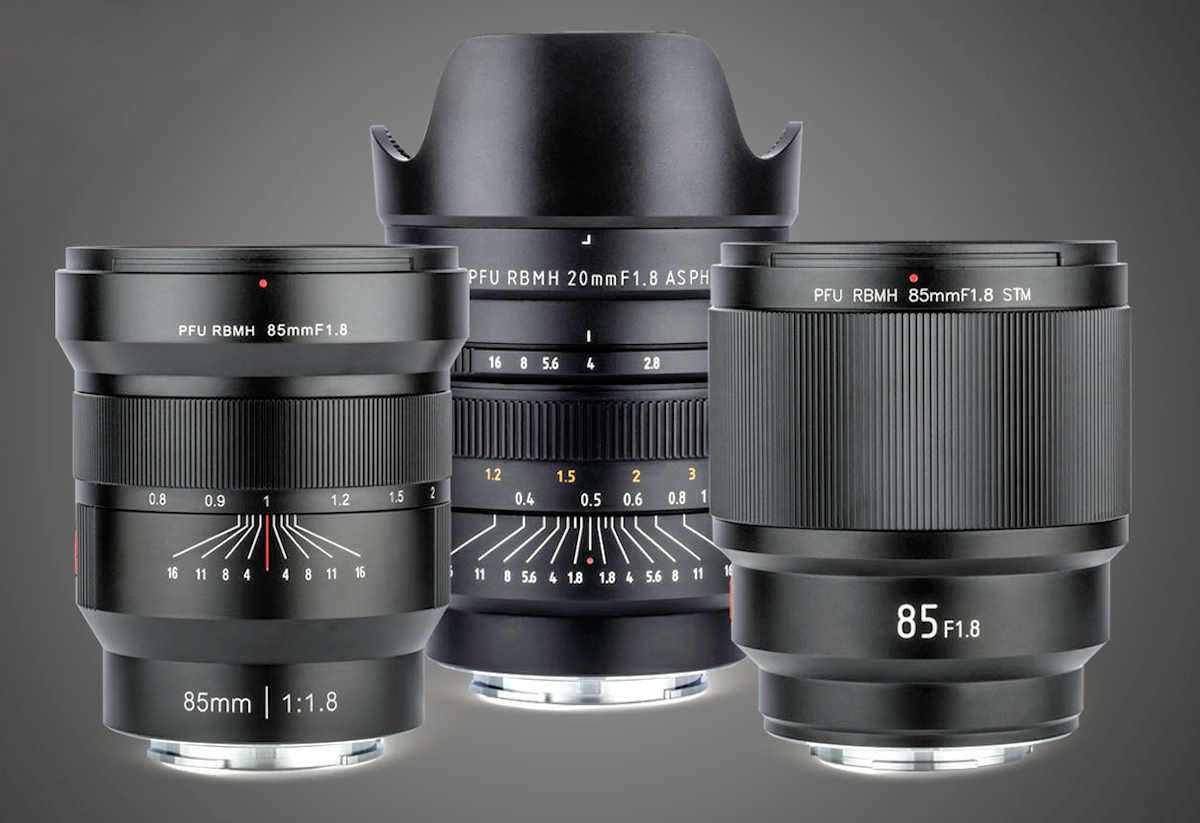

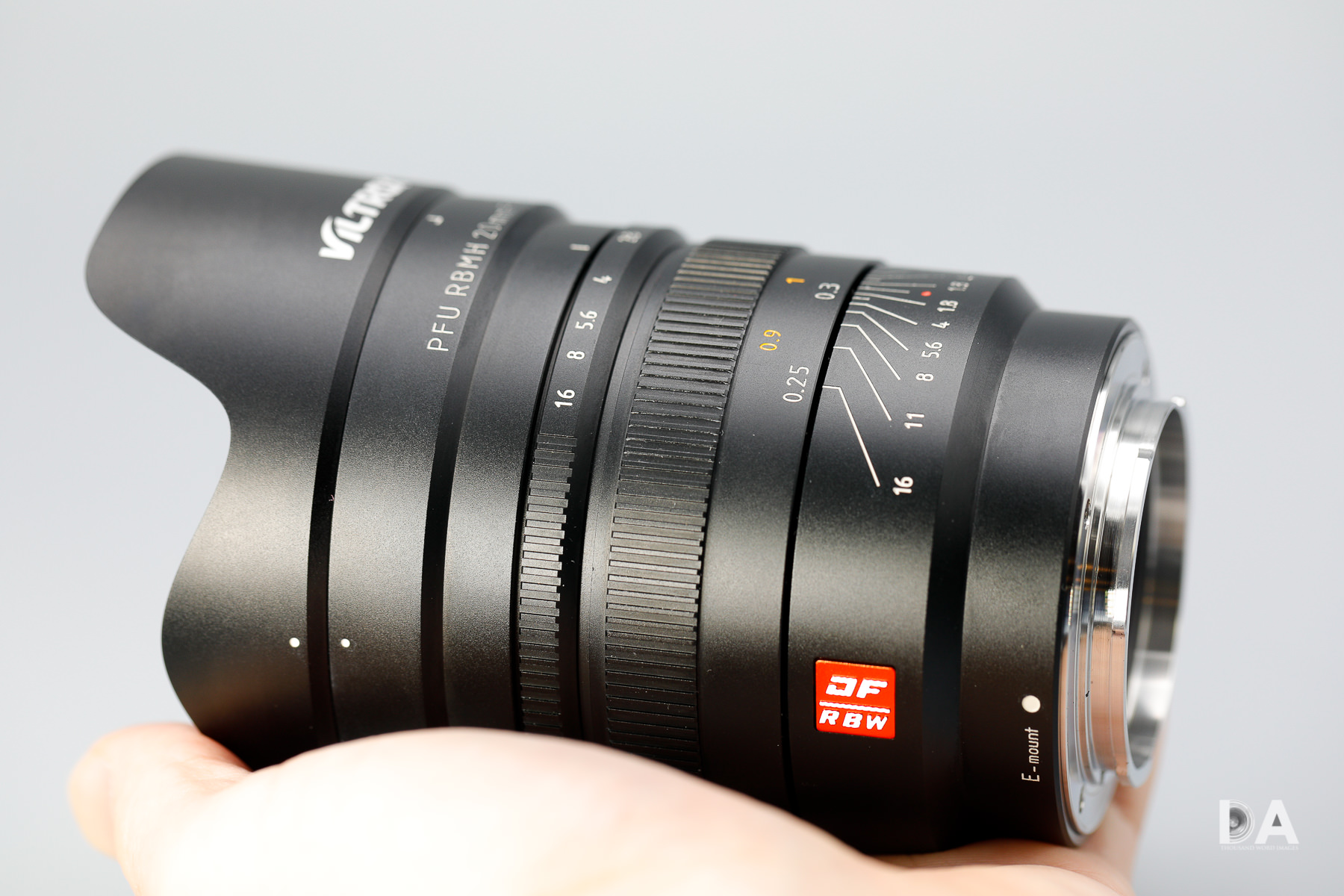


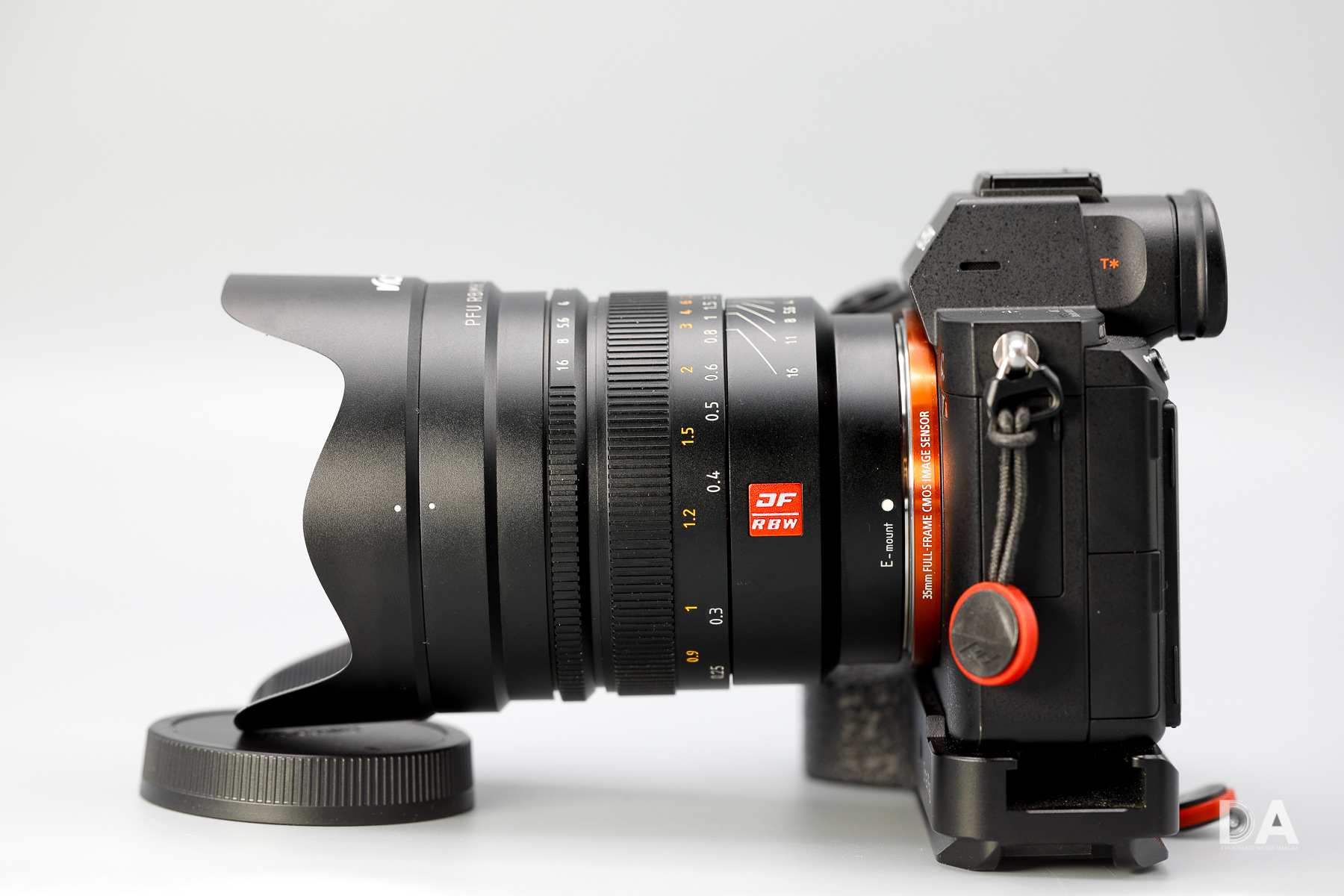
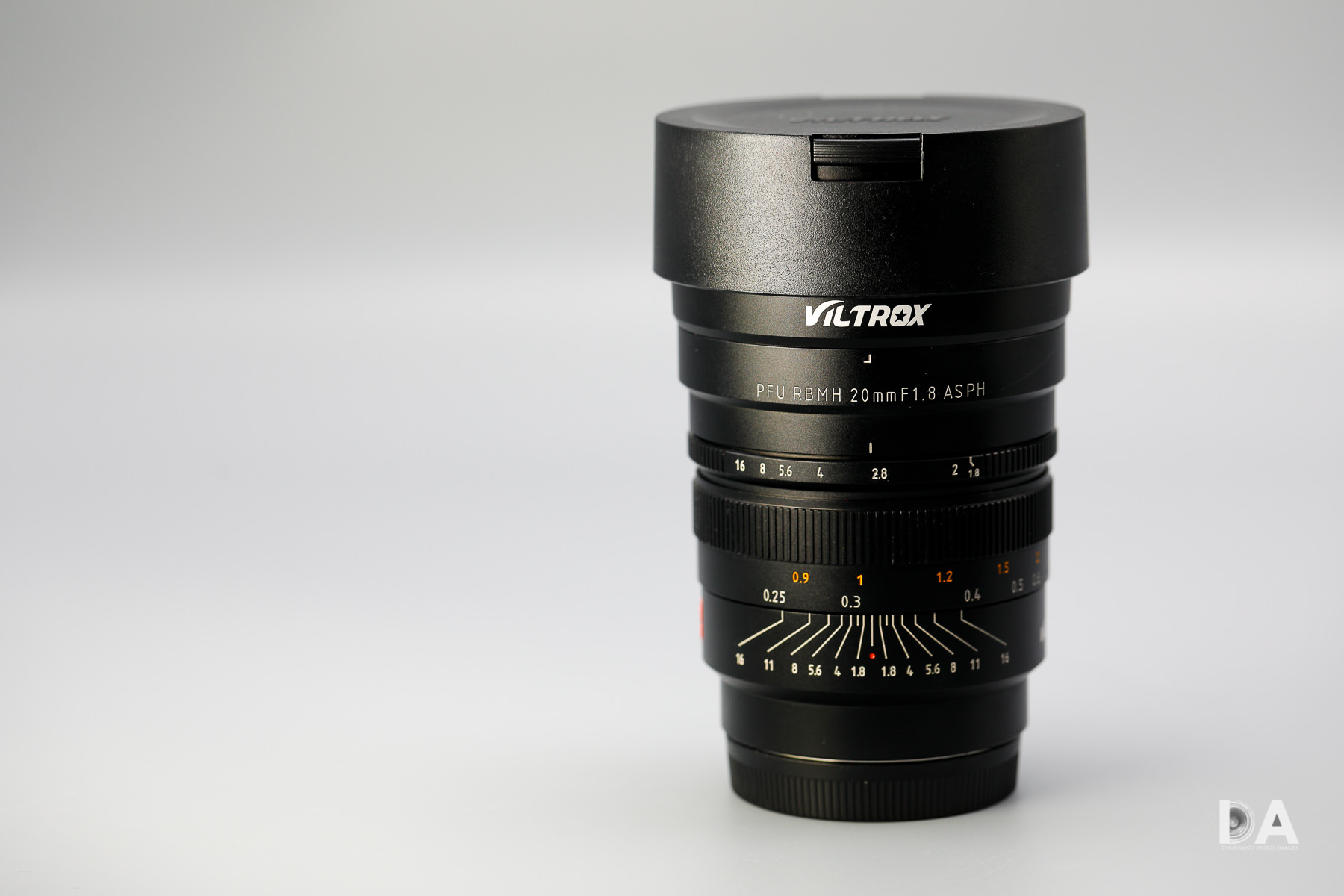
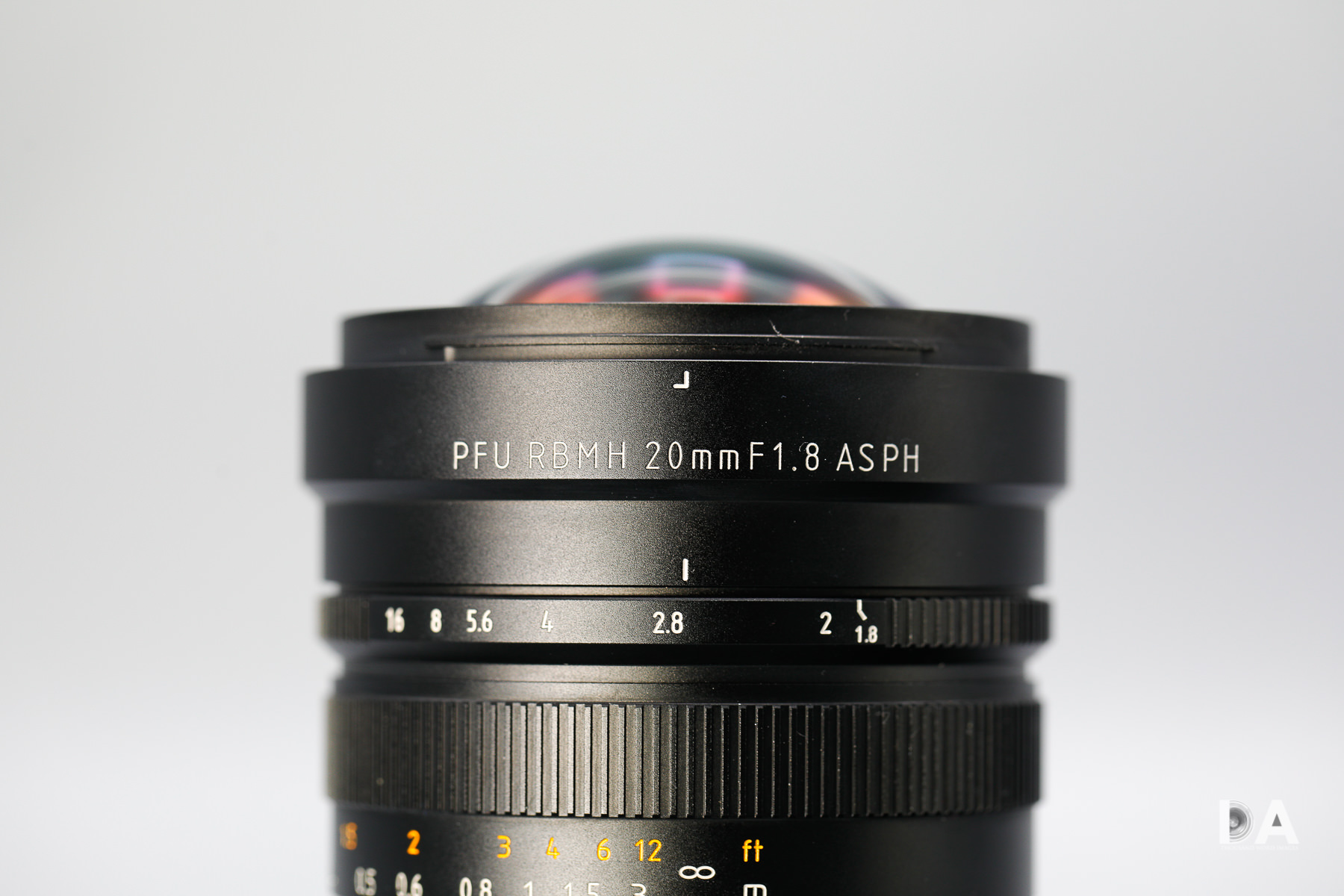


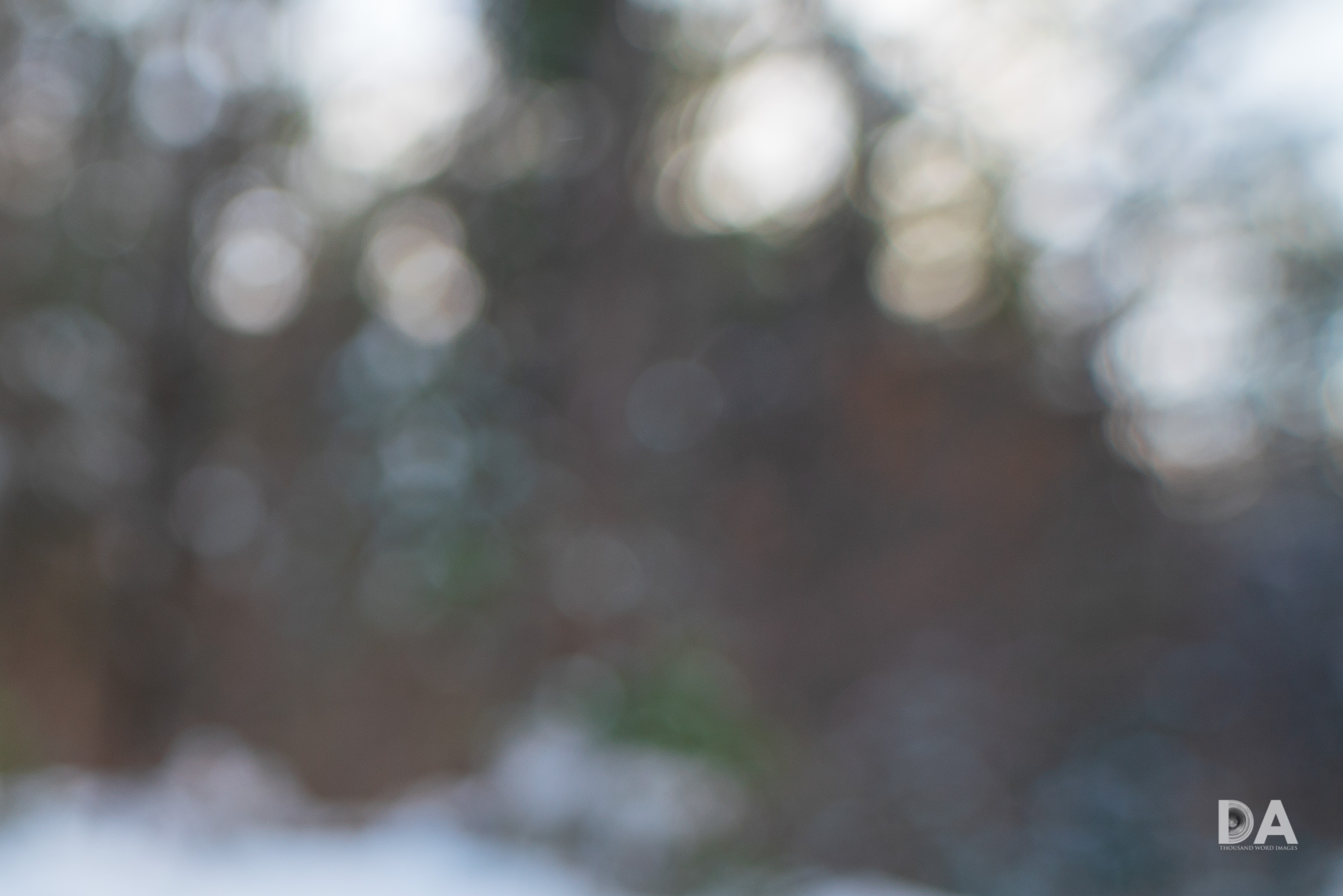
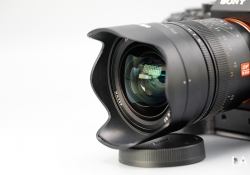
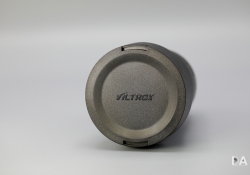
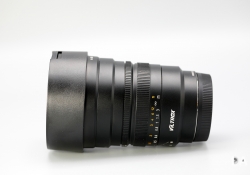
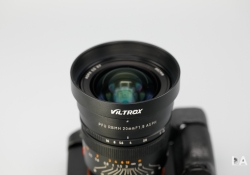
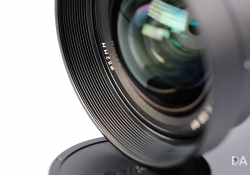
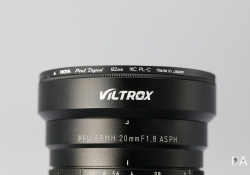
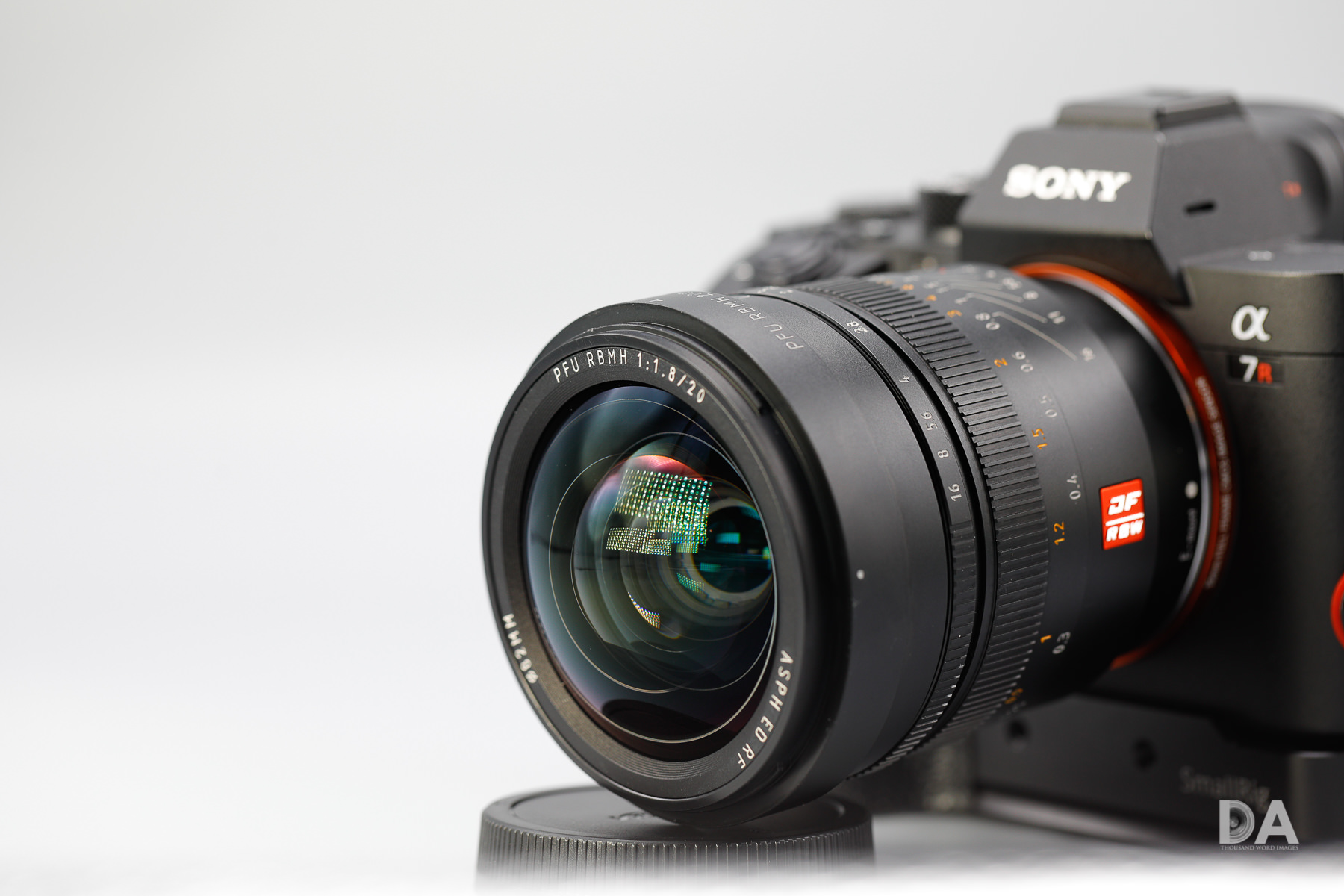

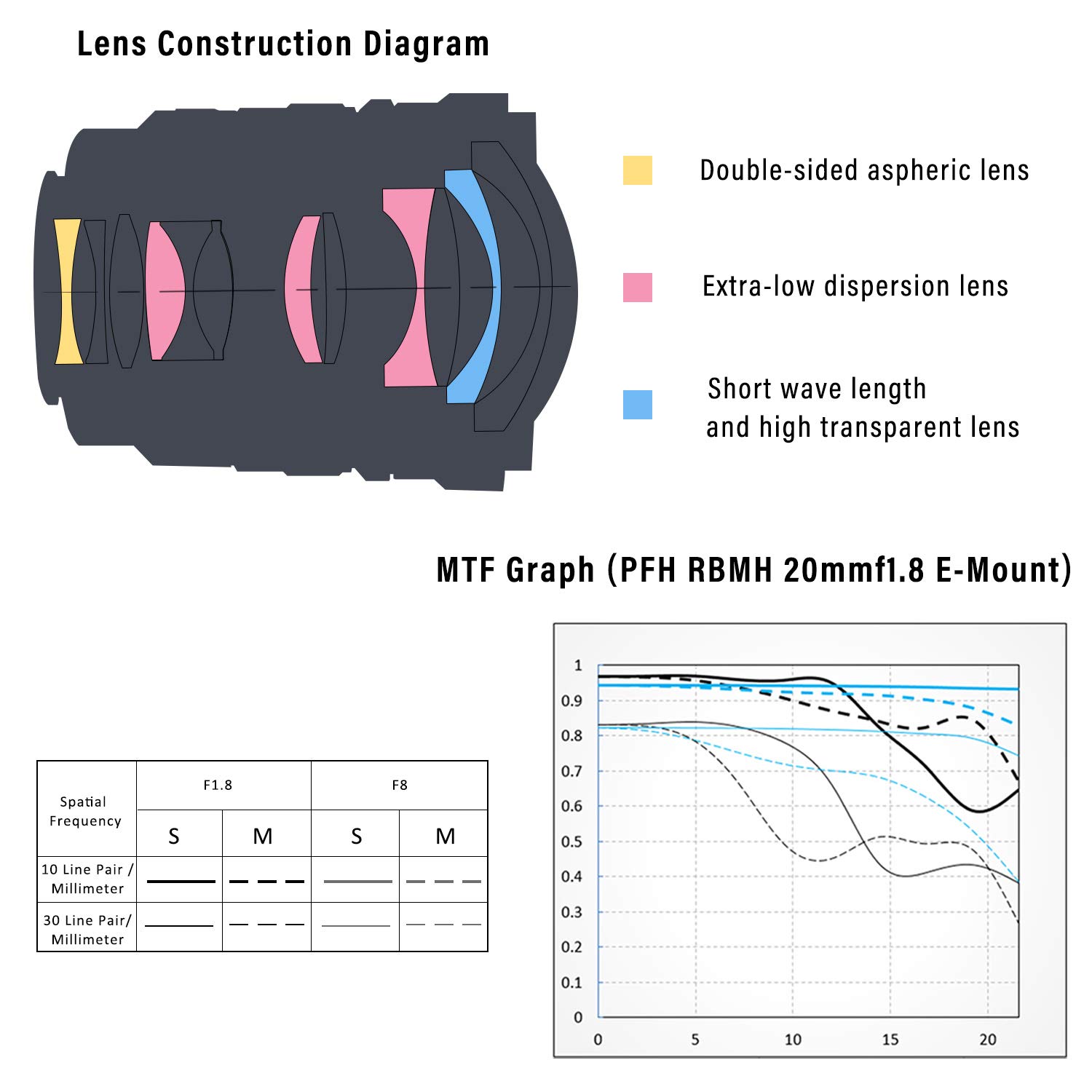
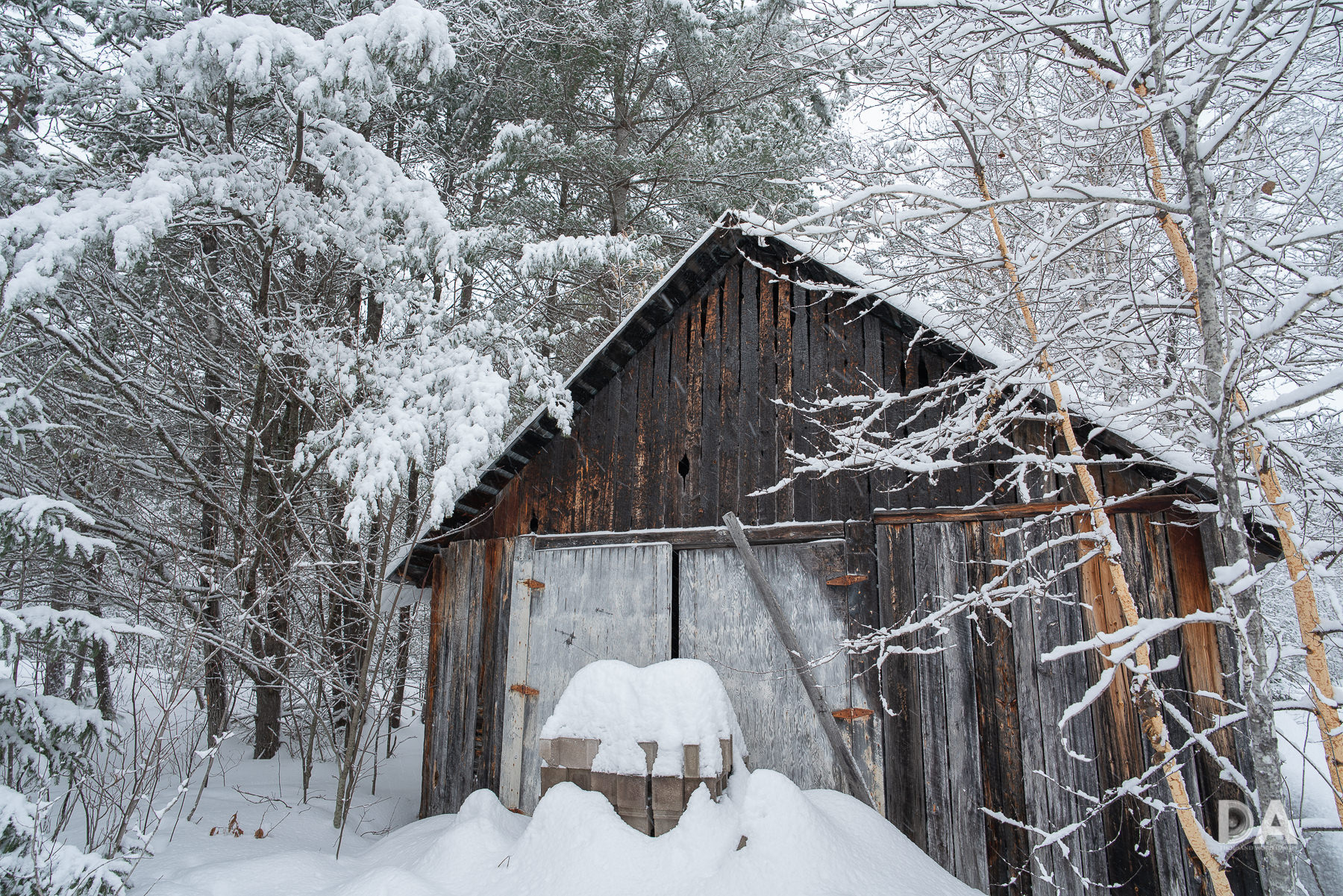








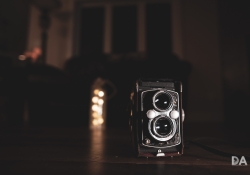

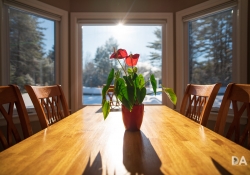

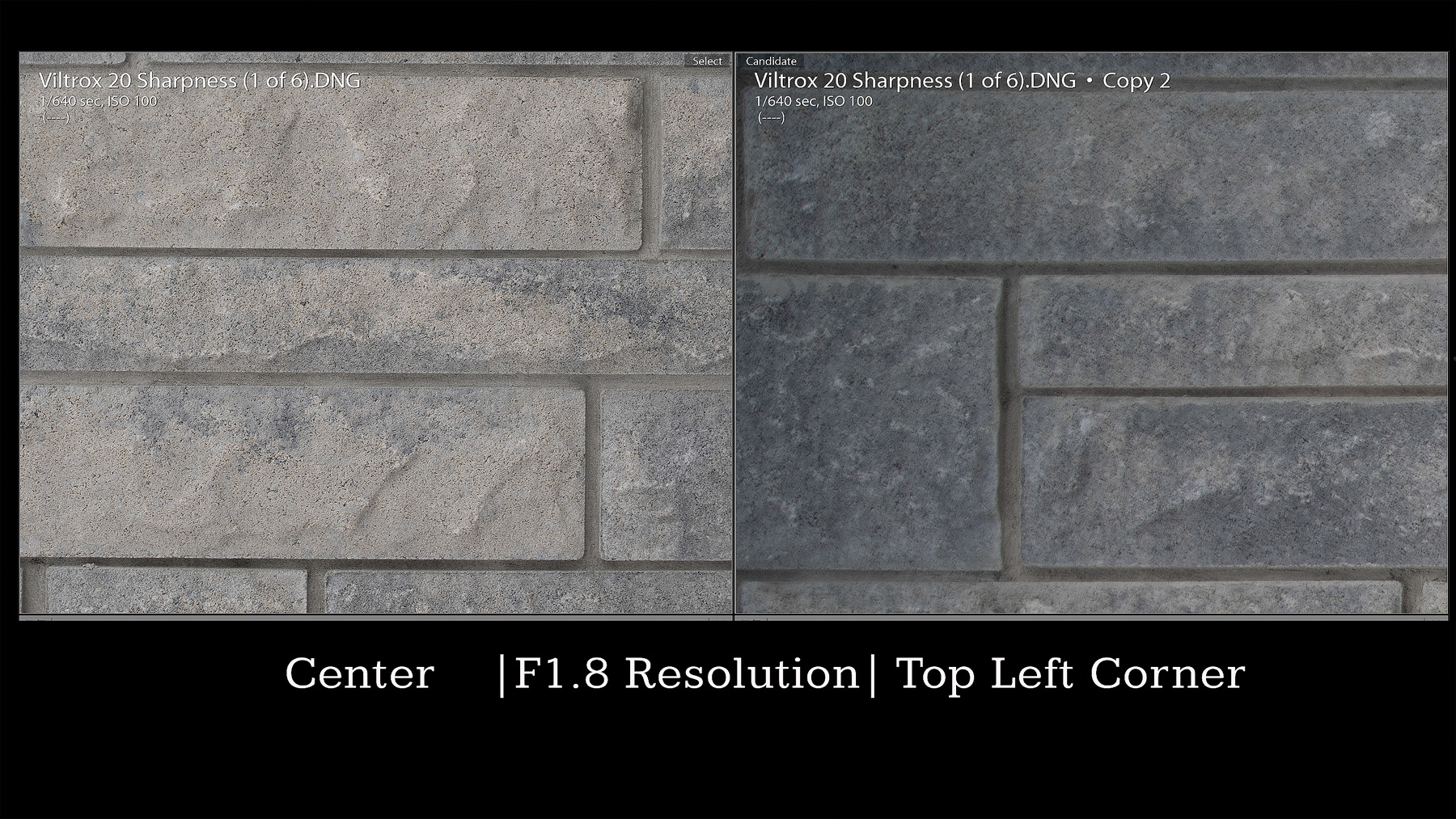
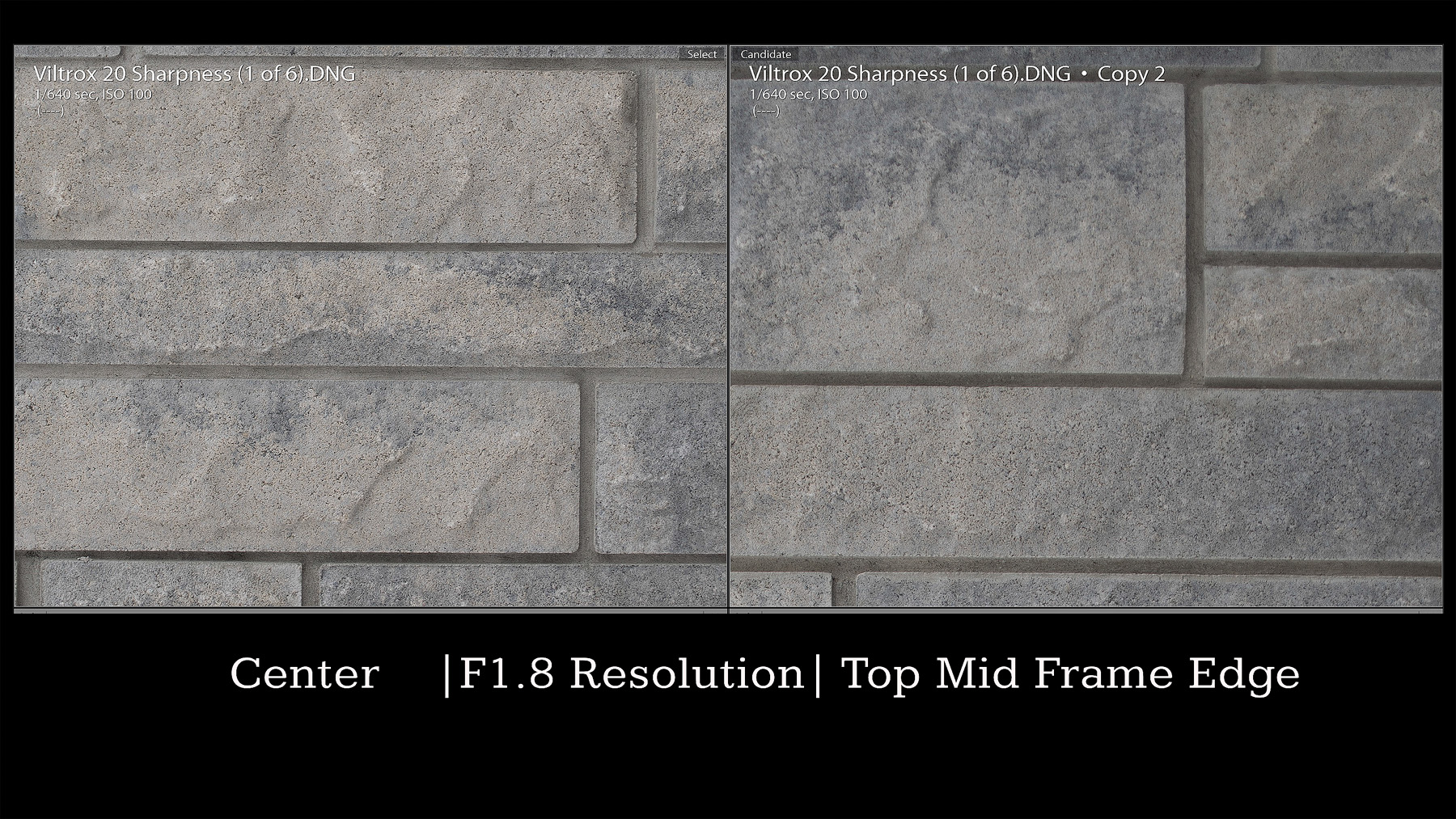
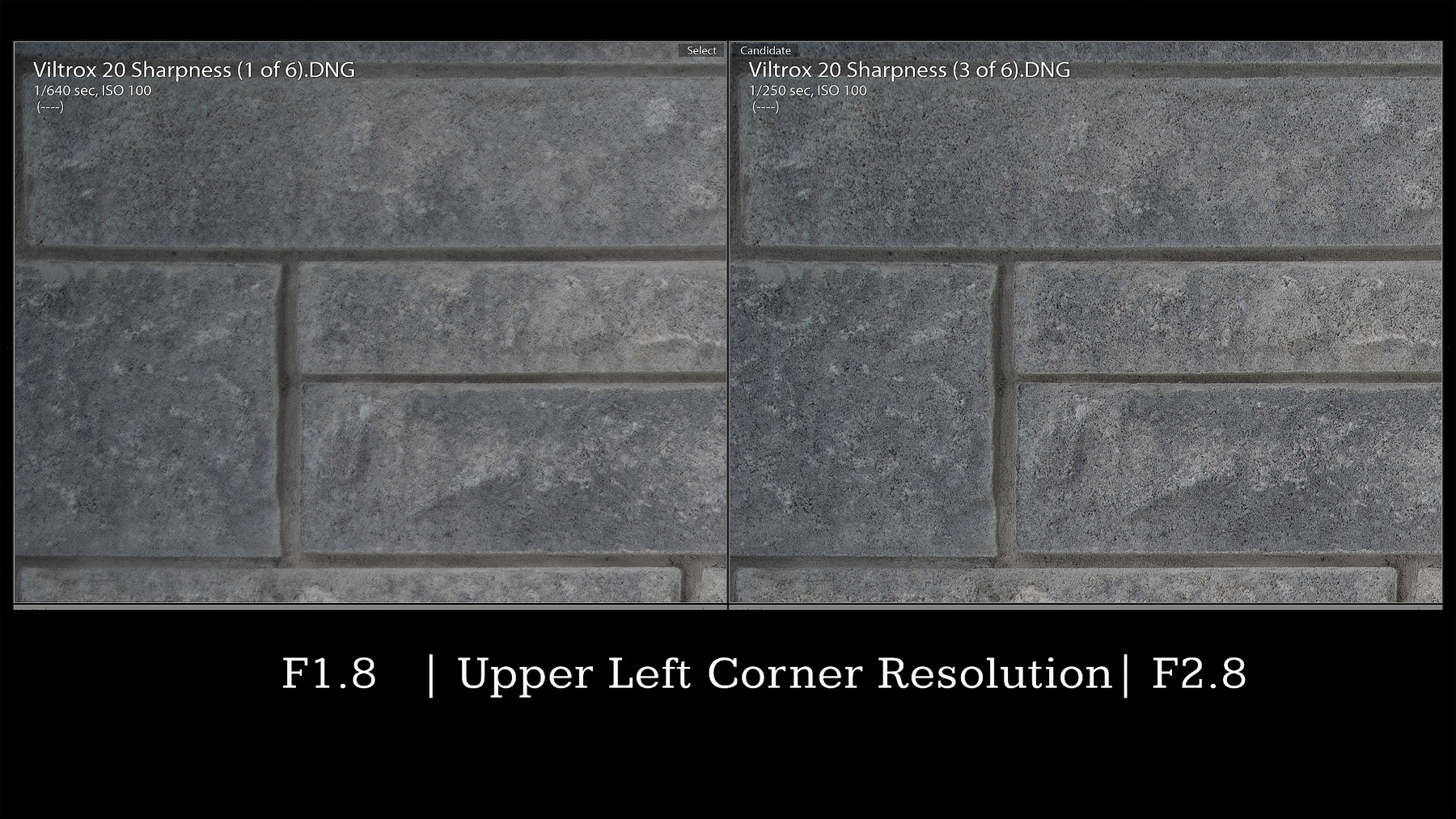

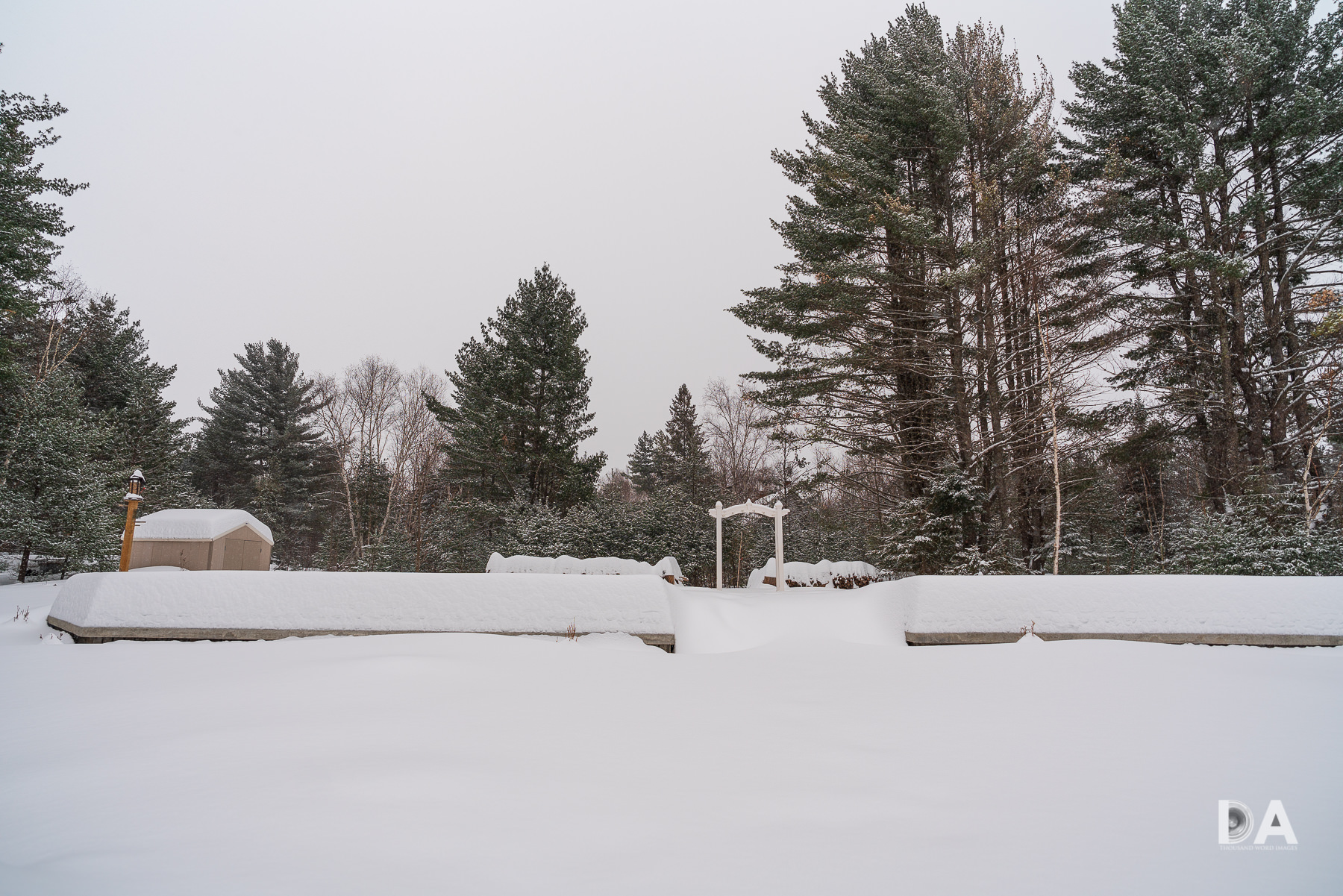
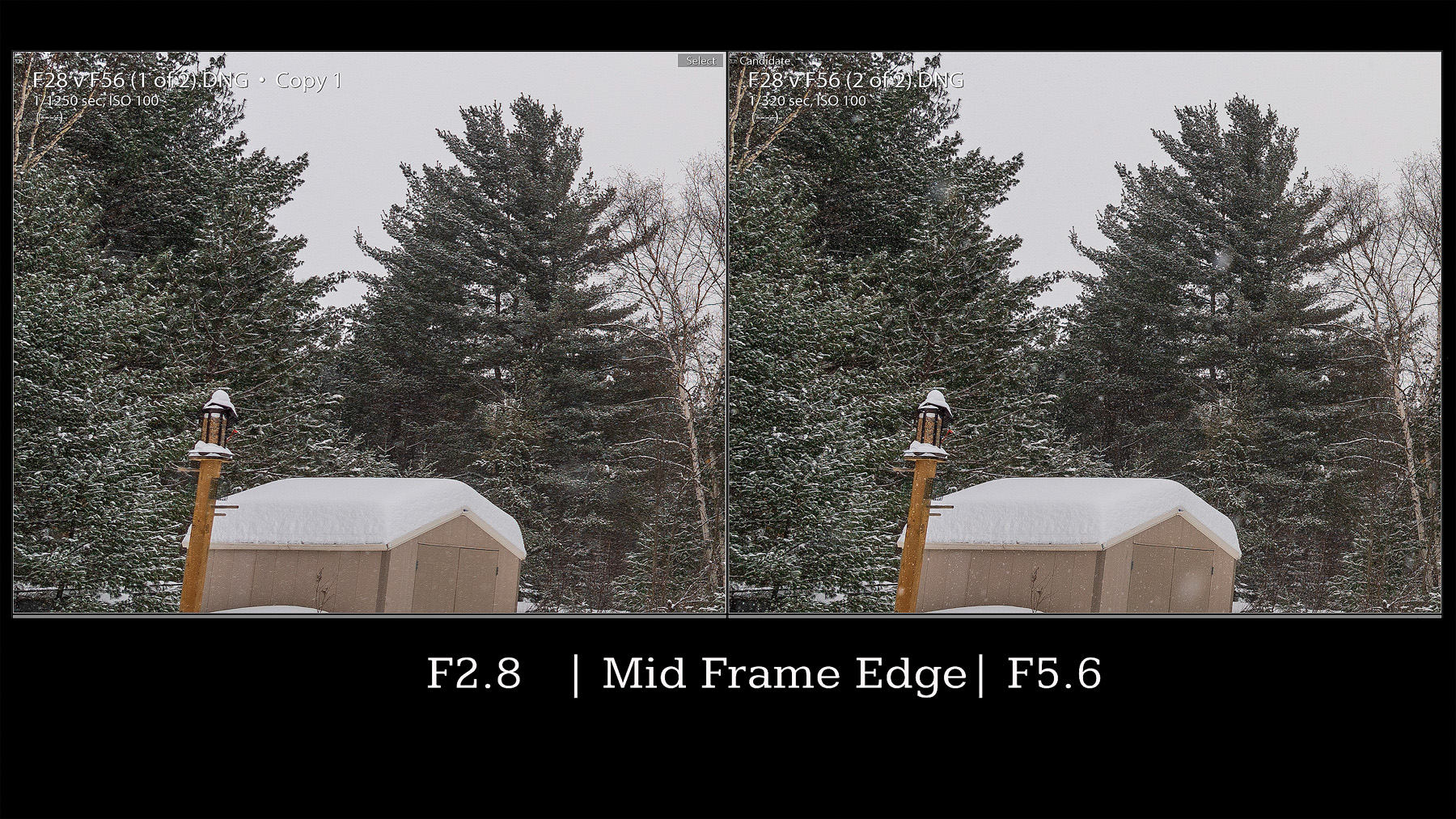
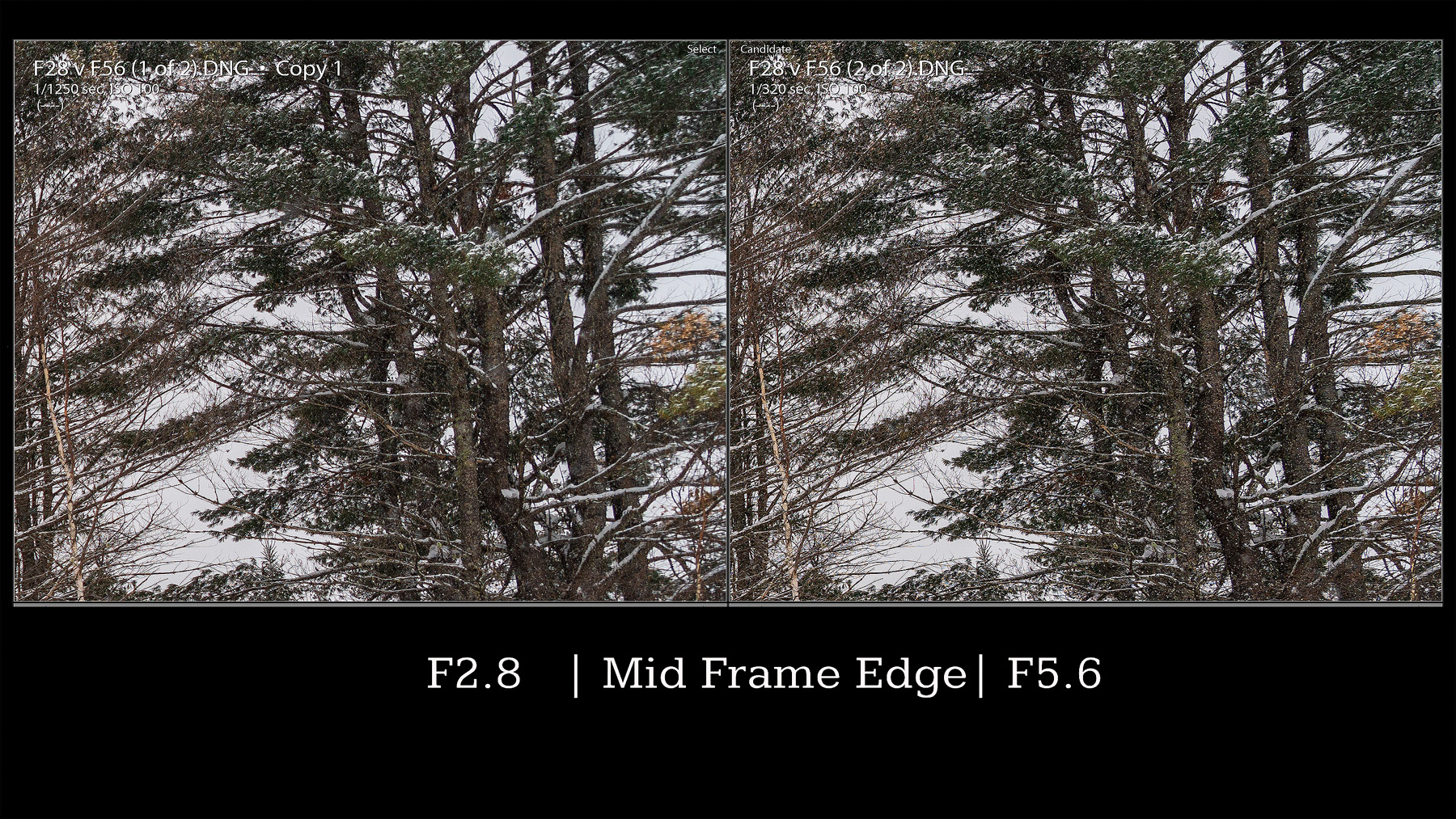
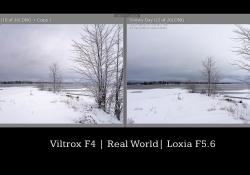
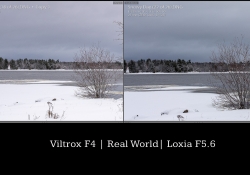
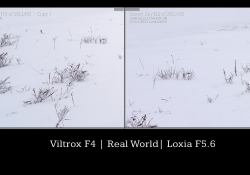












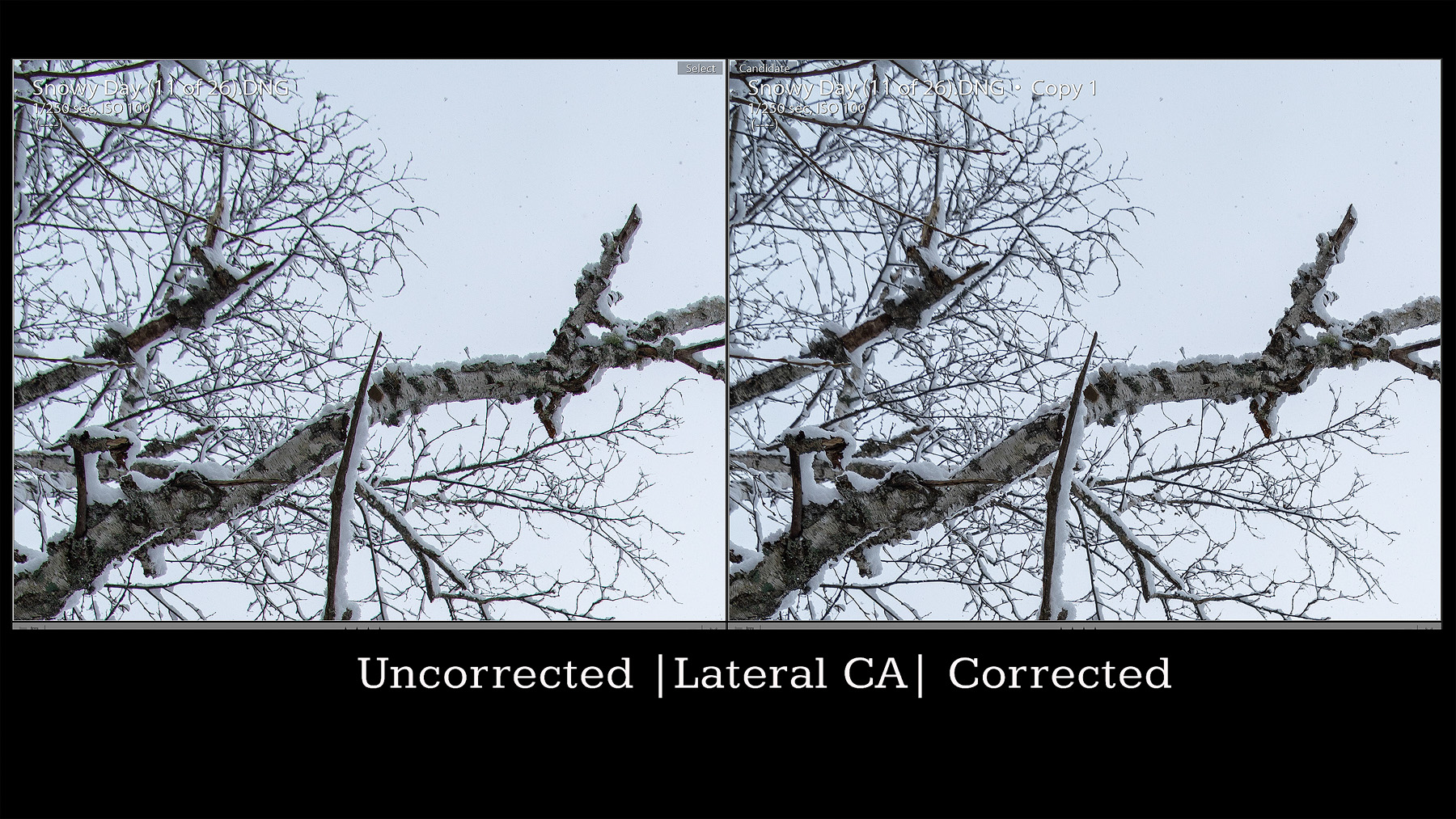
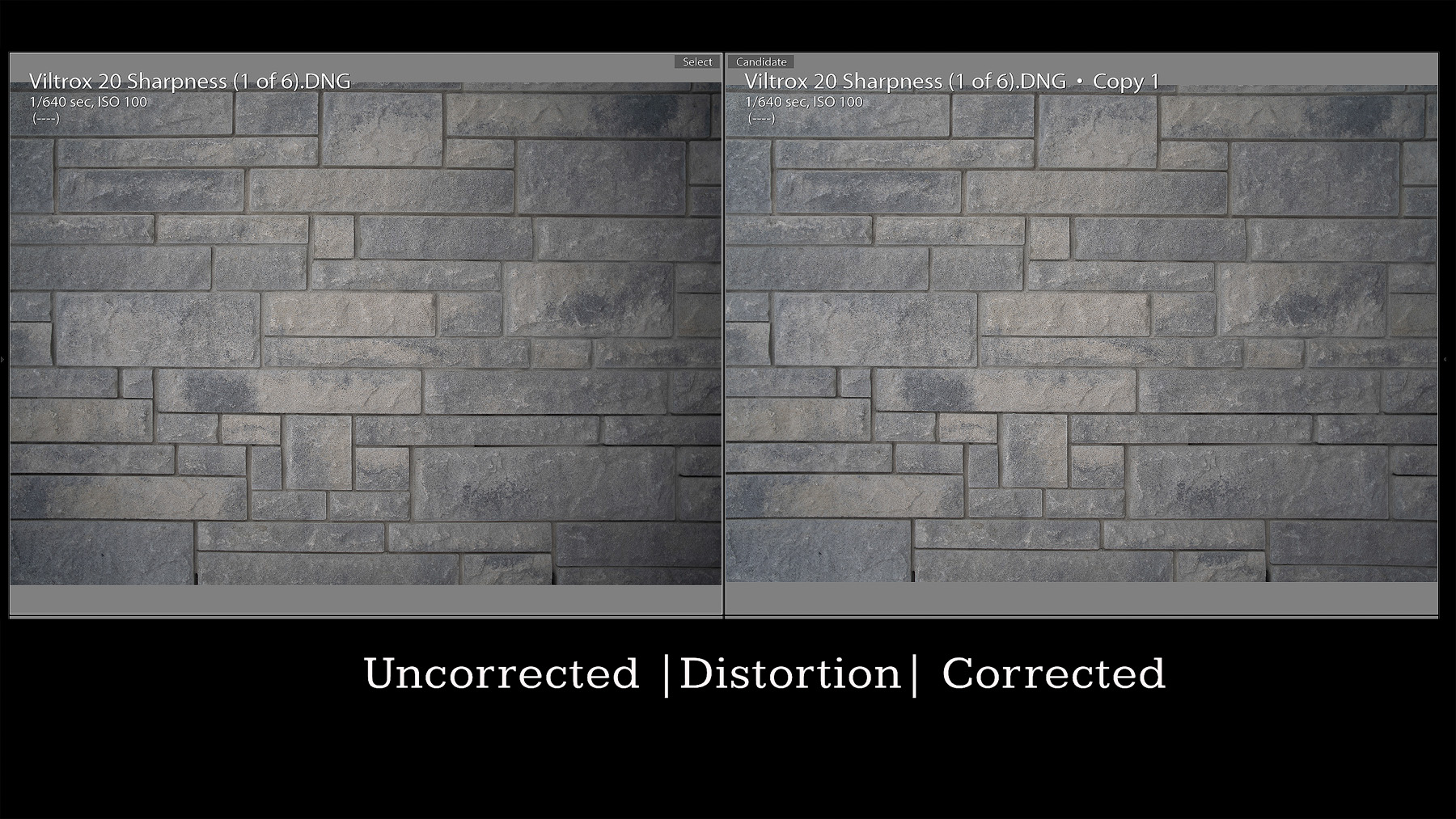
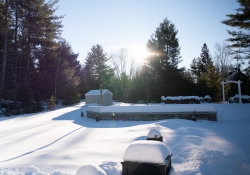


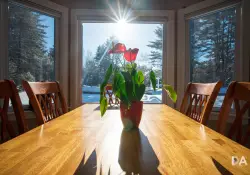







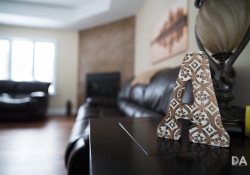












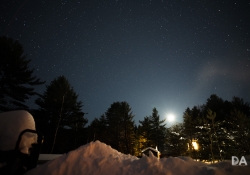
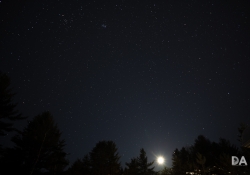
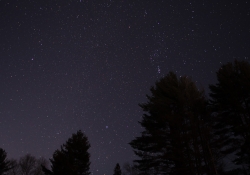

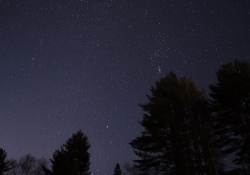

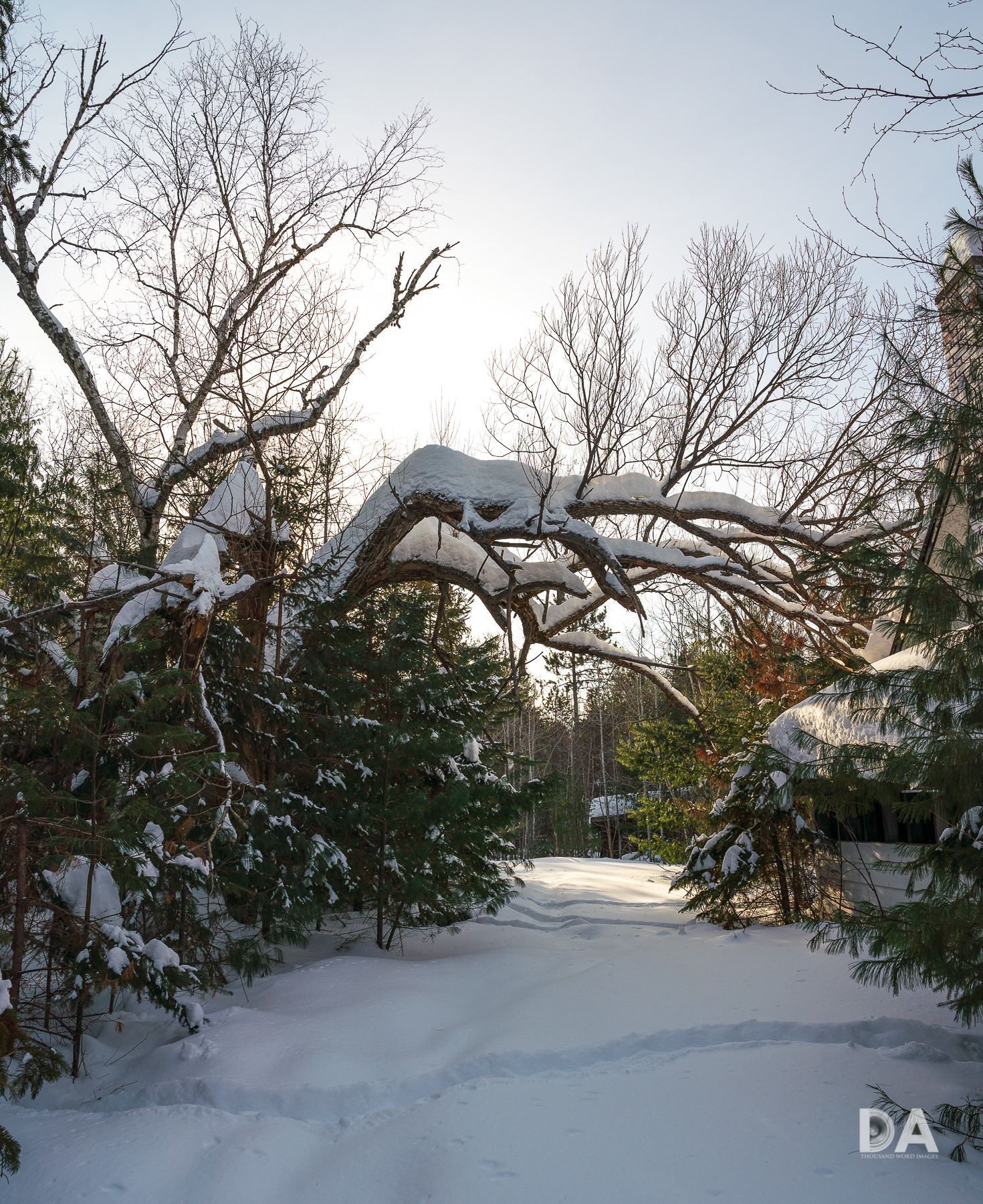
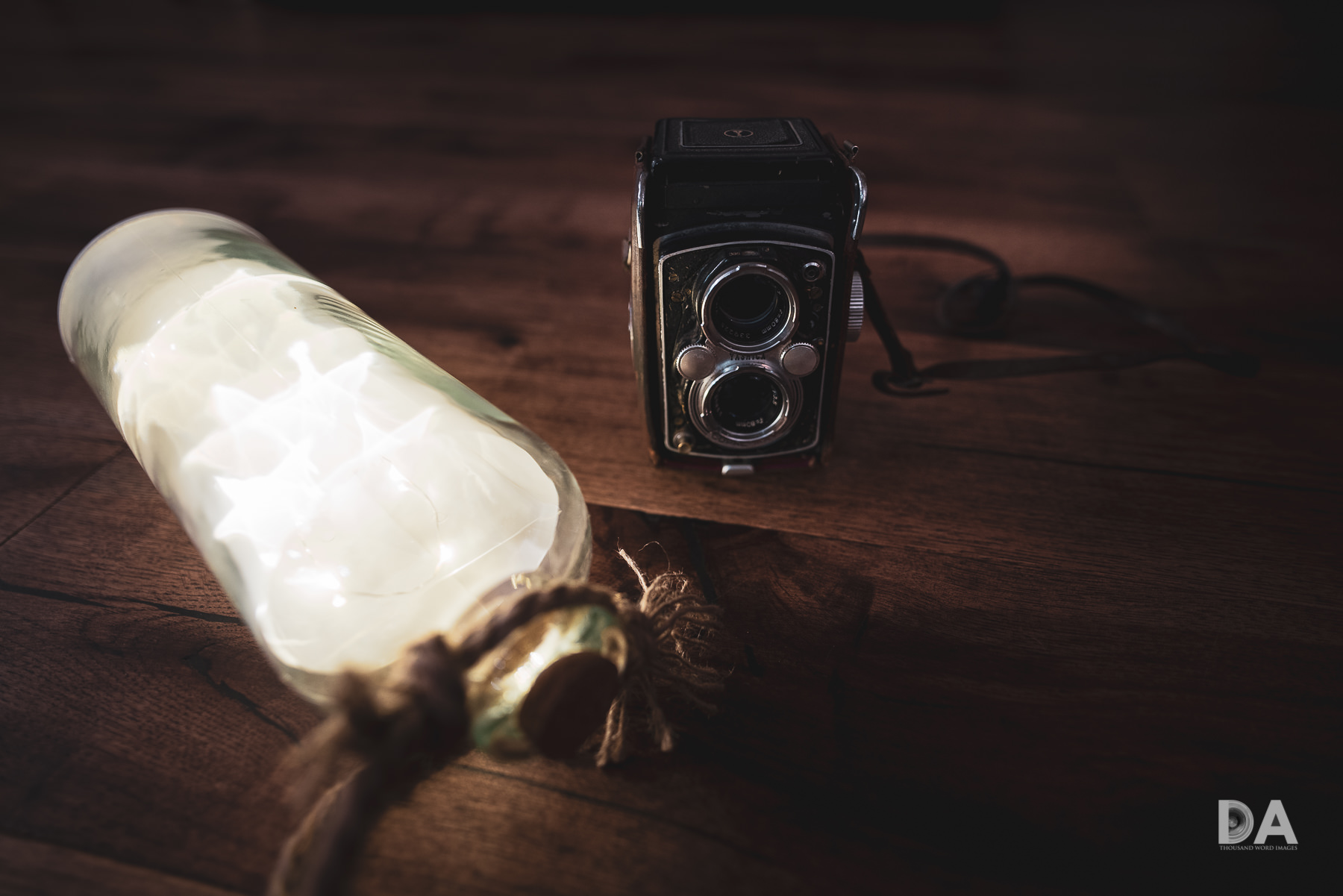









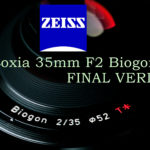




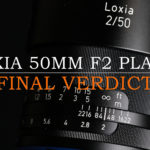
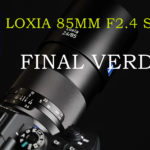

[…] embraces a more conventional, lightweight design in polycarbonates (engineered plastics). The very first Viltrox lens I reviewed was a manual focus 20mm F1.8 lens, and that lens weighed in at a whopping 775g, or 618g heavier than this new lens. The new AF […]